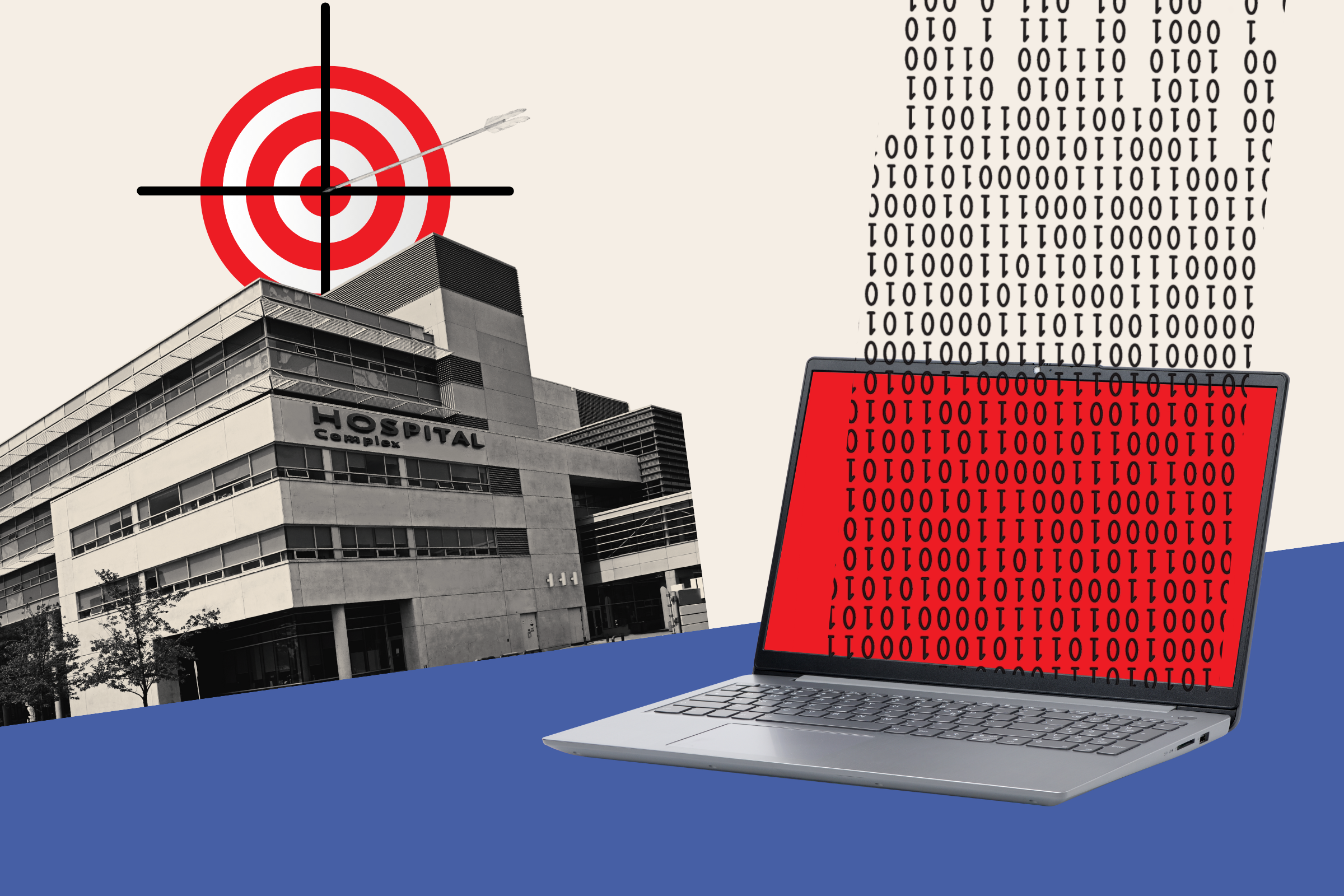Scientists at the University of Cambridge in the U.K. have created a self-organizing, artificially intelligent system that uses the same tricks as the human brain to solve specific tasks.
This discovery not only allows for the development of more efficient neural networks within the field of machine learning, but may also provide new insights into the inner workings of the human brain itself. One of the study authors told Newsweek they were "very surprised" by the results.
The human brain and other complex organs develop under a set of restrictions and competing demands. For example, our neural networks must be optimized for information processing but not use up too much energy or resources. These trade-offs shape our brains to create an efficient system that functions within these physical constraints.
"Biological systems commonly evolve to make the most of what energetic resources they have available to them," co-lead author Danyal Akarca, from the Medical Research Council Cognition and Brain Sciences Unit at the University of Cambridge, said in a statement. "The solutions they come to are often very elegant and reflect the trade-offs between various forces imposed on them."
Together with co-lead author Jascha Achterberg, a computational neuroscientist from the same department, Akarca and his team created an artificial system with imposed physical constraints intended to model a simplified version of the brain. Their results were published in the journal Nature Machine Intelligence on November 20.

Our brains are made up of a complex web of interconnected brain cells called neurons. These neurons link together to form information highways that spread across different areas of the brain. Instead of using real neurons, the team's AI system used computation nodes, each given a specific location in virtual space. And, like our neurons, the further away two nodes were, the harder it was for them to communicate. The system was then asked to perform a maze task requiring multiple inputs and information processing to solve.
"This simple constraint—it's harder to wire nodes that are far apart—forces artificial systems to produce some quite complicated characteristics," co-author Duncan Astle, a professor from Cambridge's Department of Psychiatry, said in a statement. "Interestingly, they are characteristics shared by biological systems like the human brain. I think that tells us something fundamental about why our brains are organised the way they are."
In other words, when the system was put under similar physical constraints to those applied to the human brain, it began to use some of the same tricks used by real human brains to solve this specific task.
"We were very surprised by our results," Achterberg told Newsweek. "The AI system that we create in our work is similar to the brain in many ways. The many features we describe in our paper can roughly be grouped in two groups:
- The AI system shows an internal structure similar to the human brain. That means that the ways individual parts and neurons of the AI are connected is similar to the way that different parts in the human brain are connected. The AI system specifically shows a very 'brain-like' and energy efficient internal wiring.
- The AI system also shows internal function similar to the human brain. That means that the signals created by neurons to send information across the connections of the AI system look very similar to the signals we observe in the brain. Again, the brain's signals are thought to be a very efficient way of sending information."
The team hope that their AI system could be developed to shed light on how specific constraints contribute to the differences we see in the human brain, particularly those seen in people struggling with cognitive or mental health difficulties.
"These artificial brains give us a way to understand the rich and bewildering data we see when the activity of real neurons is recorded in real brains," co-author John Duncan said.
Achterberg said: "We show that considering the brain's problem solving abilities alongside its goal of spending as few resources as possible can help us understand why brains look like they do.
"Artificial 'brains' allow us to ask questions that it would be impossible to look at in an actual biological system. We can train the system to perform tasks and then play around experimentally with the constraints we impose, to see if it begins to look more like the brains of particular individuals.
"[Our research] strongly suggests that while the brain has all these very complex characteristics and features that we observe across studies within neuroscience, there might be very simple underlying principles causing all these complex characteristics."
Their findings may also contribute to the development of more efficient AI systems, particularly those that have to process large amounts of constantly changing information with limited energetic resources.
"AI researchers are constantly trying to work out how to make complex, neural systems that can encode and perform in a flexible way that is efficient," Akarca said. "To achieve this, we think that neurobiology will give us a lot of inspiration. For example, the overall wiring cost of the system we've created is much lower than you would find in a typical AI system."
Achterberg said: "Brains of robots that are deployed in the real physical world are probably going to look more like our brains because they might face the same challenges as us. They need to constantly process new information coming in through their sensors while controlling their bodies to move through space towards a goal. Many systems will need to run all their computations with a limited supply of electric energy and so, to balance these energetic constraints with the amount of information it needs to process, it will probably need a brain structure similar to ours."
Uncommon Knowledge
Newsweek is committed to challenging conventional wisdom and finding connections in the search for common ground.
Newsweek is committed to challenging conventional wisdom and finding connections in the search for common ground.
About the writer
Pandora Dewan is a Senior Science Reporter at Newsweek based in London, UK. Her focus is reporting on science, health ... Read more
To read how Newsweek uses AI as a newsroom tool, Click here.






